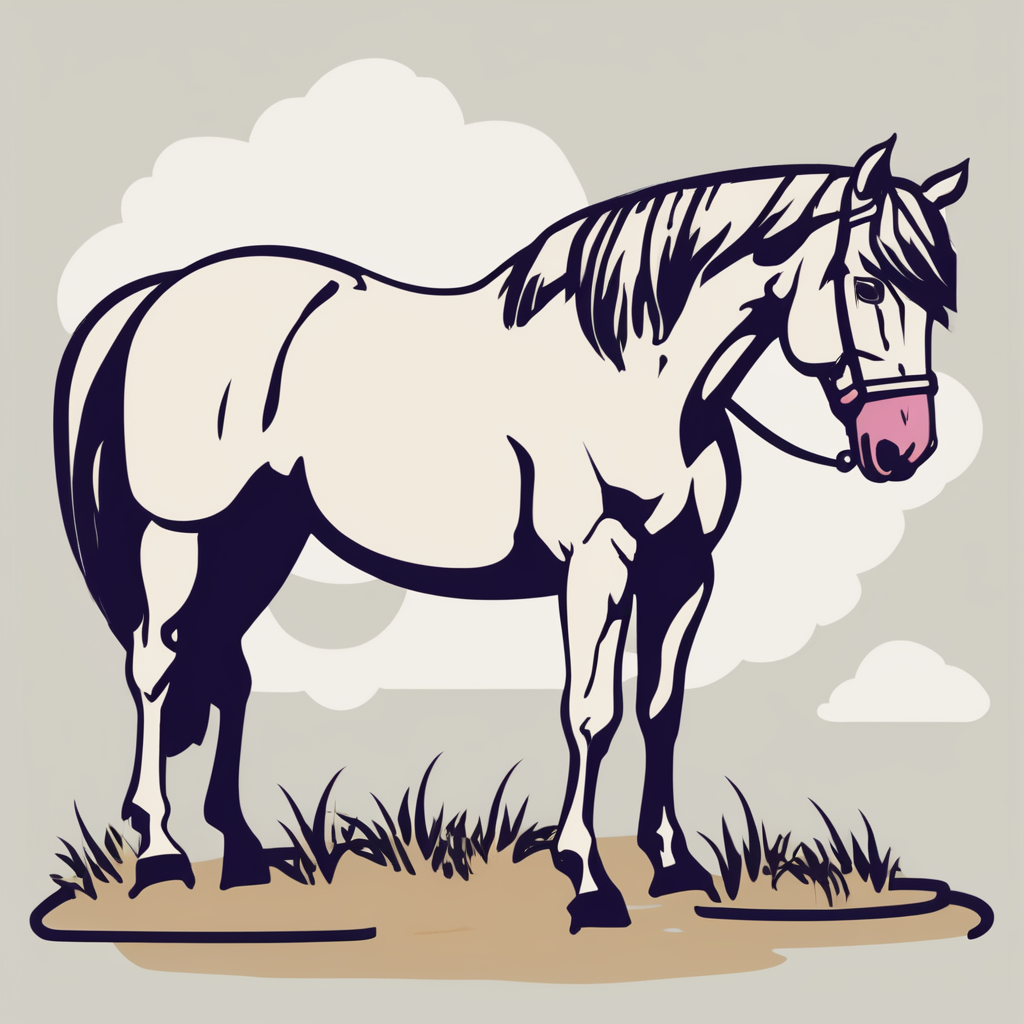The Ecological Impact of Cats: An Overview
Cats play a complex role in ecosystems, exhibiting both beneficial and detrimental effects. Understanding the ecological impact of cats requires recognizing their diverse roles across different environments. Wild cats often serve as predators, regulating populations of rodents and other small animals, which helps maintain ecological balance. In contrast, domestic cats, especially those allowed to roam outdoors, can disrupt local wildlife by hunting birds and small mammals, sometimes leading to declines in native species.
The role of cats in ecosystem dynamics varies significantly. Wild felines contribute to biodiversity by controlling prey populations, which supports healthy vegetation and reduces disease spread. Conversely, free-ranging domestic cats may become invasive predators, threatening vulnerable wildlife and altering community structures.
Also read : How do UK cats interact with other pets in the home?
Distinguishing between domestic and wild cats is crucial for assessing their ecological impacts accurately. Domestic cats typically depend on human environments and can affect suburban or urban ecosystems differently than wild cats inhabiting natural habitats. To make informed decisions about cat management and conservation efforts, it is essential to weigh both positive and negative side effects they introduce within their ecosystems. This helps ensure balanced coexistence between cats and native species.
Cats as Controllers of Pest Populations
Cats play a significant role in cats pest control by naturally managing rodent populations. Their hunting instincts target mice, rats, and other small pests that threaten both urban and agricultural ecosystems. This predation helps reduce the need for chemical pest control methods, making cats valuable allies in maintaining ecological balance.
In the same genre : How can you ensure your UK cat is mentally stimulated?
In agricultural settings, cats and agricultural ecosystems coexist symbiotically. Farms benefit as cats keep rodent numbers down, protecting crops and stored food from damage. This control contributes to preventing food loss and supports local farmers by reducing reliance on traps or poisons, which can harm non-target species.
Urban environments also see the impact of cats and rodents, where free-roaming and feral cats can limit rat infestations. This reduction lowers the spread of diseases carried by rodents, benefiting human communities by promoting healthier living conditions. However, careful management is necessary to balance feral cat populations and prevent unintended consequences on native wildlife.
Together, cats provide a natural, cost-effective solution within pest control strategies, aligning well with sustainable and eco-friendly approaches in diverse communities.
Influence on Biodiversity and Native Species
Cats have a profound impact on biodiversity, particularly through their role as predators. Their hunting habits significantly affect birds, reptiles, and small mammals. These animals often serve as vital components of ecosystems, and their declining numbers can disrupt ecological balance. Studies consistently show that cats, especially when feral or free-roaming, reduce populations of vulnerable native species.
As invasive species, cats exert pressure on ecosystems lacking natural defenses against such predators. On islands or isolated habitats, their introduction has led to sharp declines in native fauna. For example, in some sensitive ecosystems, ground-nesting birds have experienced substantial nesting failure due to cat predation. This illustrates how cats influence both the survival and reproductive success of indigenous wildlife.
The impact on wildlife extends beyond immediate predation. Declines in small mammal populations can alter food webs, affecting plants and other animals indirectly. This cascading effect underlines the importance of managing cat populations to protect native species and maintain biodiversity. Understanding cats’ role as invasive predators is crucial for conservation efforts aiming to preserve fragile ecosystems.
Comparing Domestic and Wild Cat Species in Ecosystems
Domestic cats vs wild cats differ significantly in behaviour and ecological impact. Domestic cats primarily live with humans, exhibiting tameness and relying on care, while wild cats thrive independently in natural habitats. Feral cats, though originally domestic, have reverted to a wild state and exhibit behaviors closer to true wild cats, posing distinct challenges to ecosystems.
Wild cats and ecosystem dynamics intertwine closely; many wild cat species act as apex predators or keystone species. Their presence helps regulate prey populations, maintain biodiversity, and balance food webs. For instance, the Iberian lynx in Mediterranean forests controls rabbit populations, preventing overgrazing and supporting plant diversity. Similarly, the Amur tiger in Russian taiga influences large herbivore numbers, sustaining forest health.
Feral cats impact ecosystems negatively by preying on native wildlife and competing with native predators. Unlike wild cats adapted to their environments, feral cats can disrupt fragile ecological balances, threatening vulnerable species.
Understanding the behavioural and ecological distinctions between domestic cats vs wild cats is vital to managing their roles in ecosystems effectively. Recognizing the keystone role wild cats play encourages conservation efforts essential to ecosystem stability and biodiversity preservation.
Balancing Ecological Benefits and Risks
Managing the cat population requires a careful approach to achieve environmental balance. Well-managed cat populations can help control pests and reduce disease spread, but without oversight, they risk harming native wildlife and ecosystems. Evidence supports strategies such as targeted neutering programs, which reduce overpopulation while limiting disruptions to local fauna.
Responsible pet ownership plays a crucial role in this balance. Educating communities about the importance of keeping cats indoors or supervising outdoor access minimizes their hunting impact. Conservation efforts that involve local stakeholders ensure that cat management aligns with protecting vulnerable species.
Programs combining neutering, vaccination, and community outreach minimize the negative consequences of free-roaming cats. This multi-pronged approach supports healthier environments and decreases the need for controversial culling measures. By adopting these strategies, society can harness the benefits of cats controlling rodents while protecting delicate ecosystems.
Ultimately, balancing ecological benefits and risks depends on collaboration between conservationists, veterinarians, and residents. Focusing on responsible pet ownership and evidence-based cat population management fosters sustainable coexistence with nature.
Scientific Perspectives and Future Research
Recent scientific research on cats highlights their complex role within ecosystems. Multiple studies on cats and ecosystems reveal that domestic and feral cats significantly influence local wildlife populations, often predating on small mammals and birds. These predation patterns affect biodiversity conservation, prompting ecologists to analyze cats’ ecological impact carefully.
Global ecological studies cats have expanded, utilizing tracking technologies and population modeling to quantify predation rates and displacement effects on native species. Conservation biologists emphasize that cats serve as both invasive predators and integrated components in some environments, leading to nuanced expert opinions.
Experts agree more in-depth research is necessary to clarify how cats’ behaviors fluctuate with habitat type and human presence. Identified knowledge gaps include long-term impacts on prey population dynamics and the potential for cats to indirectly alter ecosystem services. Emerging priorities focus on balancing feral cat management with ethical considerations and ecosystem health.
These insights underscore the importance of sustained scientific research on cats to guide effective conservation strategies. Emphasizing interdisciplinary approaches will improve our understanding of cats’ multifaceted roles and ensure informed decisions for wildlife and habitat sustainability.


